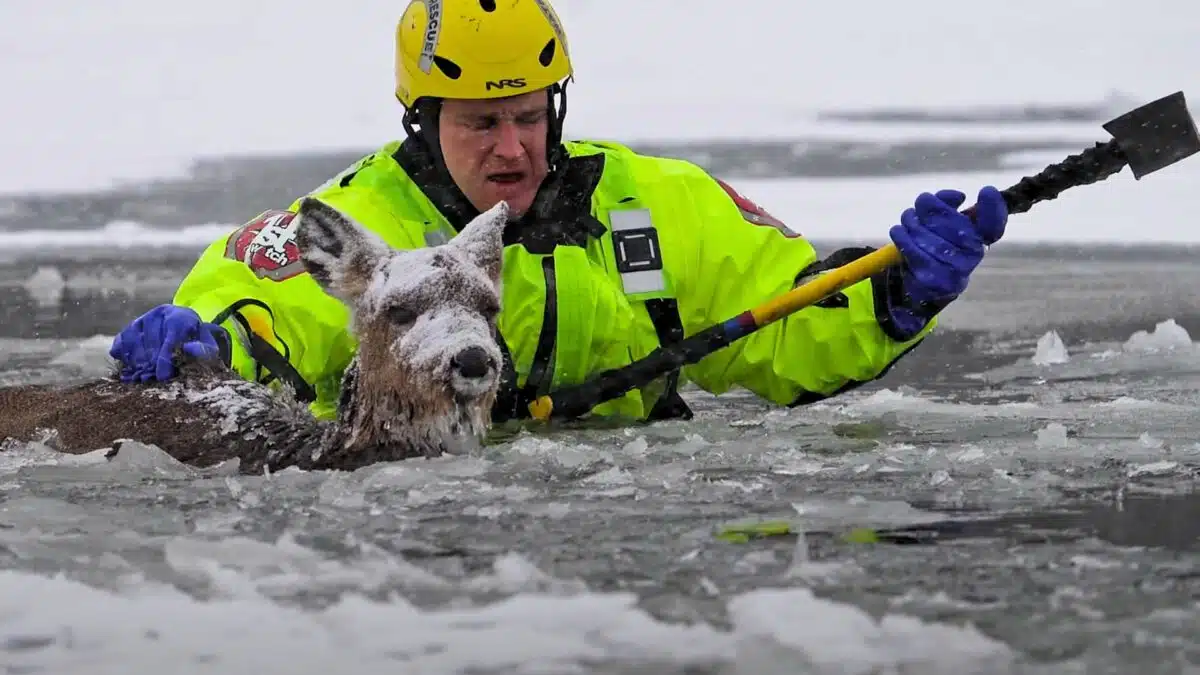The video shows a deer close to freezing to death. It is helpless and panicked, trapped in the icy waters of the Fox River.
First responders, equipped with safety gear, skillfully navigate the treacherous ice but still put themselves in real danger. As they reach the deer, their swift actions in securing the animal onto solid ground are both nerve-wracking and heartwarming.
How Long Can a Deer Survive in Icy Waters?

Deer are not naturally equipped to survive in icy waters for extended periods. In such conditions, hypothermia can set in quickly, often within 30 minutes. Their thick fur, which provides insulation on land, becomes less effective when soaked, accelerating body heat loss.
The critical factors for survival include water temperature, the deer’s physical condition, and the duration of immersion. Either way, swift intervention by wildlife rescuers is crucial for survival.
Deer and Their Thermal Adaptations
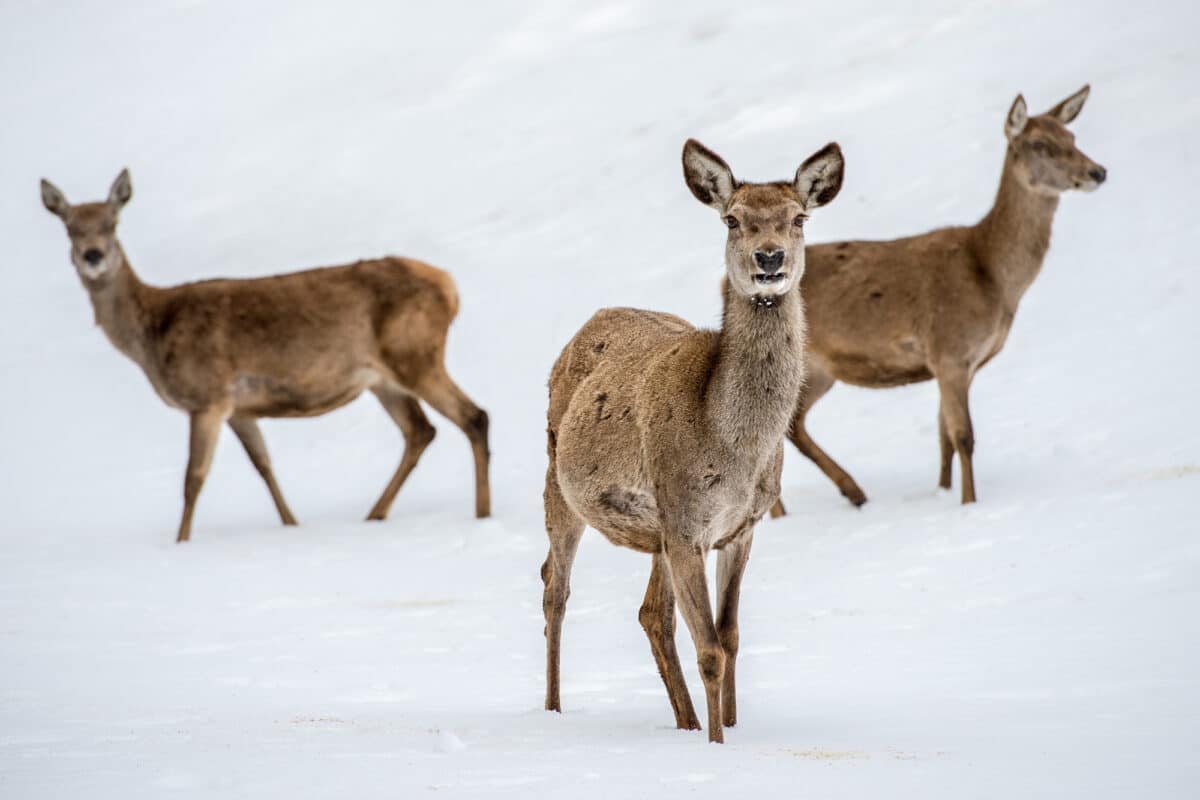
Deer have evolved remarkable adaptations to withstand cold temperatures on land. Their winter coat, comprised of hollow hairs, traps air and provides excellent insulation. Additionally, deer can regulate their blood flow to minimize heat loss in extreme cold. However, these adaptations are primarily effective in terrestrial environments. When submerged in icy waters, these mechanisms are insufficient to combat the rapid loss of body heat.
The Role of First Responders in Wildlife Emergencies
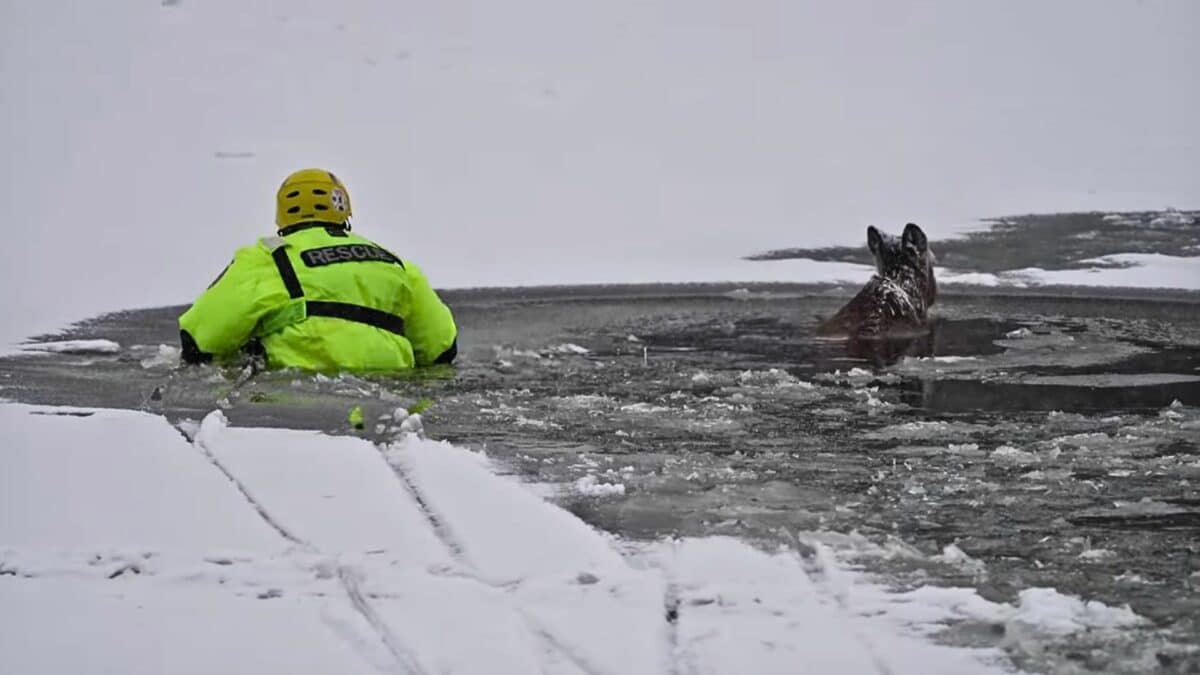
First responders play a vital role in wildlife rescue operations. In the Fox River incident, their training in ice rescue techniques was crucial. Equipped with specialized gear and knowledge of animal behavior, they were able to execute the rescue efficiently, minimizing risk to both the deer and themselves.
The Psychological Impact on Rescued Wildlife
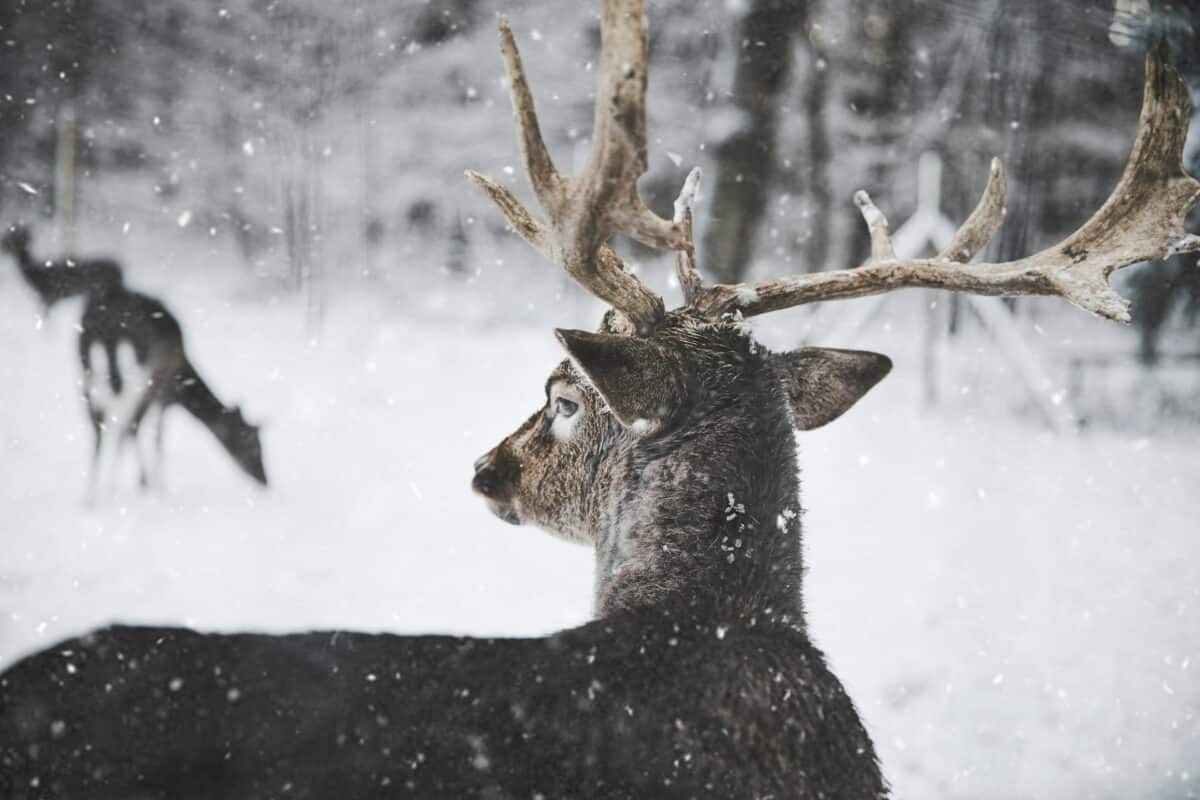
Post-rescue, the deer’s behavior – remaining curled up for hours – indicates the significant stress and trauma experienced. Wildlife often undergoes psychological shock in such situations, manifesting in lethargy or disorientation. Attempting to mitigate the trauma, rescuers provided the deer with warming blankets and heat pads.
Rehabilitation and Release of Wildlife

Following such rescues, the goal is often to release the animal back into the wild. In this case, the deer’s disappearance by the next morning suggests it had recovered enough to return to its natural habitat.
In other words, this was an especially successful case as human intervention is always aimed at minimal interference with natural behaviors.
Staying Still to Keep Warm
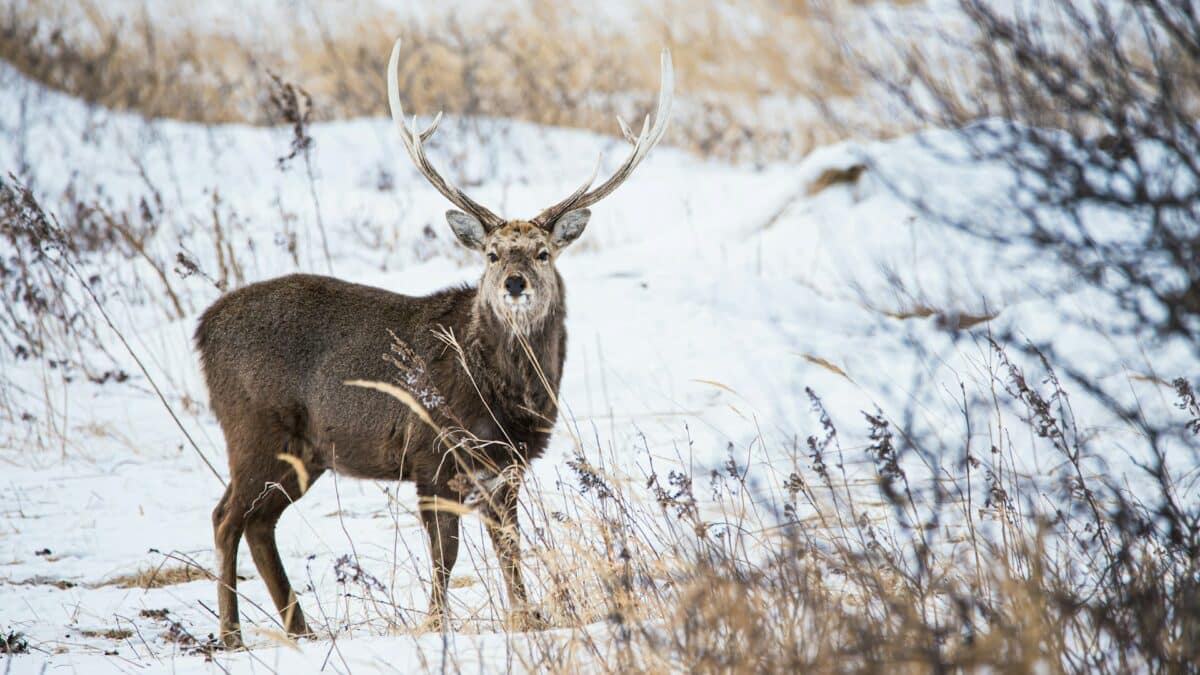
Other than their specialized fur that keeps them warm, deer exhibit a remarkable behavioral adaptation to conserve warmth: staying still. By limiting movement, deer reduce the amount of heat lost to the cold environment, an essential survival tactic in freezing temperatures.
Keep an Eye Out For Icy Incidents

Awareness campaigns about the risks of frozen water bodies near wildlife habitats can significantly reduce such incidents. Always keep an eye out for wildlife in danger when you’re out in extreme weather and ensure that you have your local wildlife rescue number saved in your phone!
Deer Saved At the Last Second: Conclusion
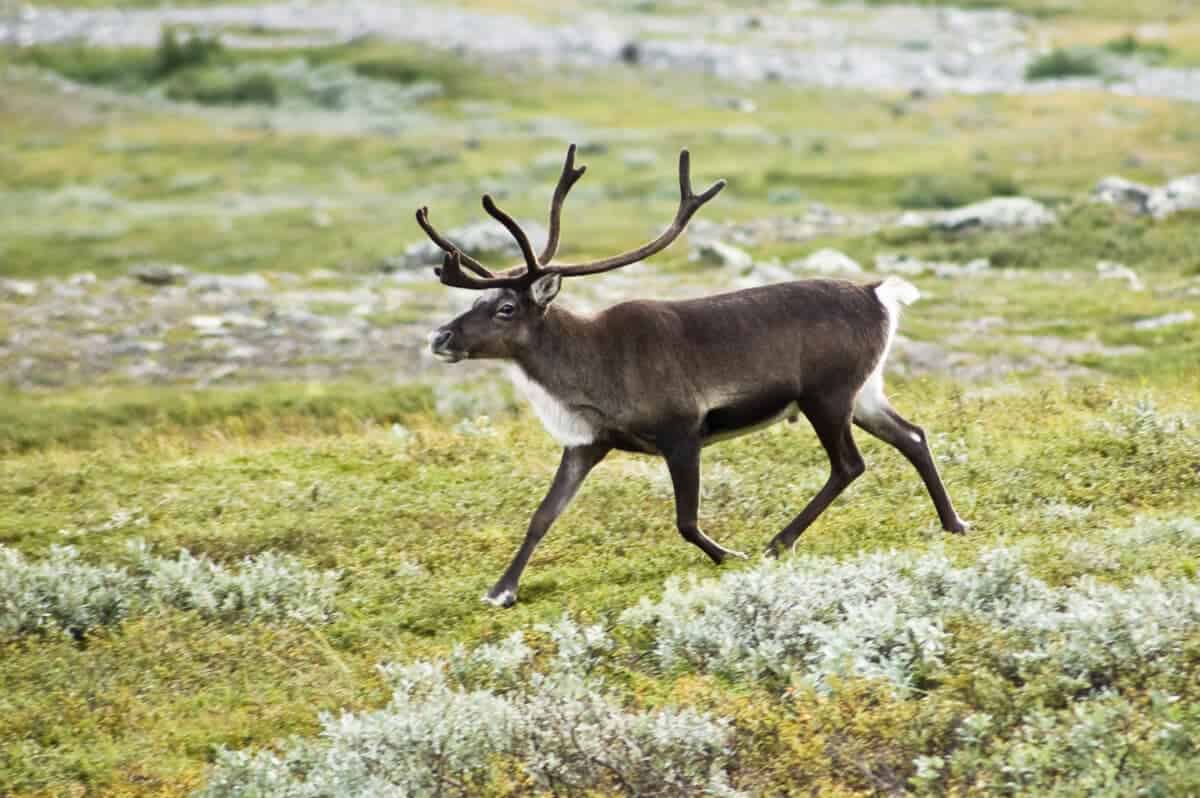
This rescue mission underlines not only the resilience of nature but also the profound impact of human empathy and intervention in preserving it. As we continue to share our spaces with wildlife, we need to be prepared to help any and all creatures in danger.
Thank you for reading this story about the deer that was saved at the last second! Next up is:
- Watch: Deer Crashes Through Restaurant Window in Tennessee
- Loving Deer Licks His Cat Companion
- Golden Retriever Dog Saves Drowning Baby Deer In New York
Join our Forum for free today!


